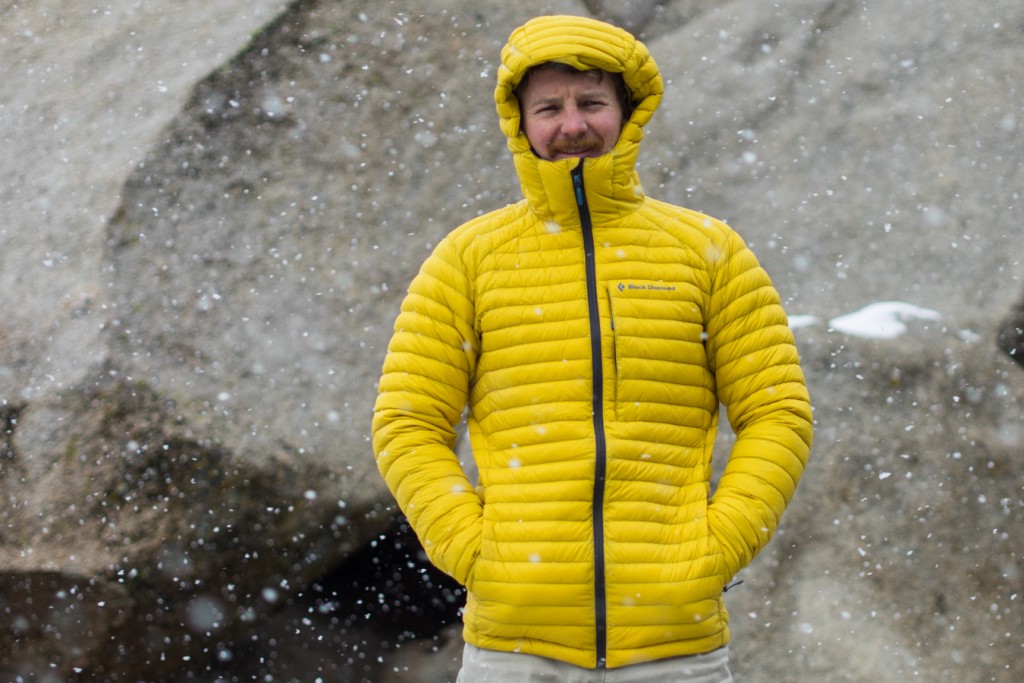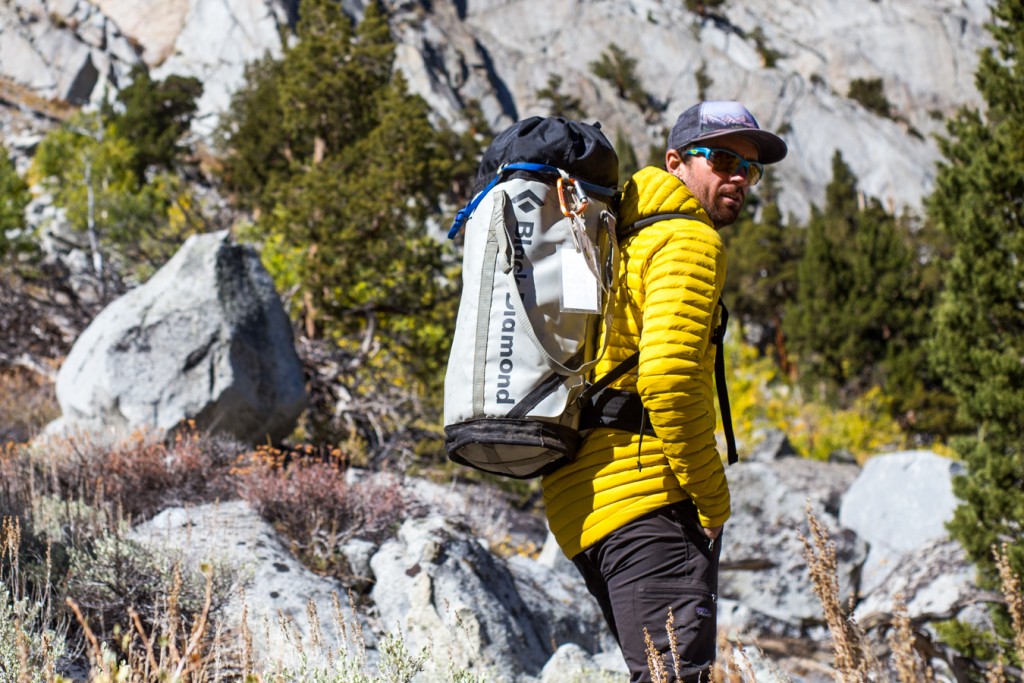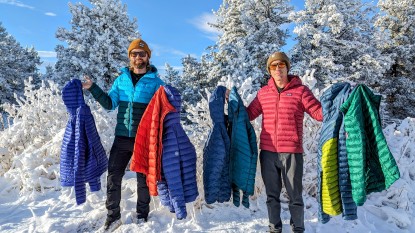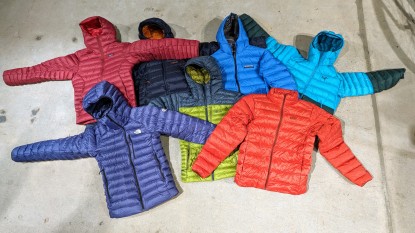Black Diamond Forge Review
Our Verdict
Our Analysis and Test Results
This jacket fits and performs best as a midlayer, similar to the Outdoor Research Illuminate Hoody. While the Forge feels as warm as these jackets, it's heavier than both of them. It's even heavier than the warmest jackets we reviewed.
Performance Comparison
Warmth
The Forge takes the edge off on chilly days with 700 fill power down insulation, held in place with sewn through baffles. Elastic cuffs and a relatively snug fit seal in the heat. Our testers found themselves unzipping this jacket for some ventilation more often than baggier fitting models. A snugger fit means less uninsulated space, thus a warmer jacket. Finally, the long, hip-hugging hemline extends the warmth coverage well below the waistline.
Weight
This jacket takes a beating in the weight metric. 700 fill down isn't the best quality down on the block, but it shouldn't make the Forge one of the heaviest models we tested. As far as we can tell, the extra ounces come from the 20 Denier Nylon shell fabric, a thicker heavier material than the 10 denier fabrics used on the featherweight Arc'teryx Cerium LT Hoody and The North Face Summit L3 Down Hoody. The Forge has a longer hemline than the OR Illuminate, so there's also more material contributing to its the overall weight as well.
Water Resistance
The Forge has great weather resistance for a down midlayer, only eclipsed by our Top Pick for Wet Weather, the Rab Microlight Alpine. Like the Microlight Alpine, the Forge has an effective DWR treatment on its shell fabric and features DWR treated down. In our shower testing (a brutal test for a down jacket that often leaves it soaking wet and unusable for days), the Forge endured four minutes under a powerful shower head before water started leaking through the sewn through baffles, and the down lost little to none of its loft. Afterward, we shook the jacket off, and it dried quickly in the sun.
Fit
Our testers appreciated this jacket's slim, climber-centric fit. Its long hemline not only adds to the warmth factor, but it also keeps the jacket tucked nicely under a climbing harness or the waistbelt of a backpack. The arms are long and don't ride up when your arms are over your head while swinging ice tools or grabbing the next hold, and the elastic cuffs allow you to pull the sleeves up and out of the way for hundreds of feet of glorious hand jamming.
Compressibility
The Forge Hoody has a great stowaway pocket feature, one of our favorites, because it's stretchy, allowing for the jacket to compress to a small size, while still stuffing away easily. If it's hard to fit a jacket in its stuff sack or pocket, we're not very likely to use it, opting to cram it in a backpack or tie it around our waist or shoulder. Not so with the Forge, since it packs away quickly and has a clip-in loop.
Features
Starting from the top, this jacket has a helmet-compatible hood, effectively held in place with a halo-like cinch cord. A zippered external chest pocket secures small important items like a phone or a lighter. We've read some complaints that the pocket “puffs out”, making a silly looking bulge, but this was not our experience, and when there is nothing in the pocket, it lays flat against the chest. Two zippered hand pockets offer a nice place for your hands, and two internal drop-in pockets keep gloves or climbing shoes toasty when you're not wearing them.
Best Applications
Around town, at the crag, or the ski resort, this jacket makes for a warm midlayer or relatively durable midlayer. For ski tours, long distance hikes, or climbs with long approaches, we'll go with something lighter, like the Eos.
Value
This is one of the least expensive models we tested, with a $200 price tag. If weight isn't your top priority, consider snatching up this warm midlayer, especially if you find it on sale.
Conclusion
Far from perfect, like our Editors' Choice winner, this sleek hoody does its job, keeping our testers warm in that special way that only down can, but doesn't take advantage of down's best properties - its light weight. For a midlayer style puffy, we prefer models that prioritize the warmth to weight ratio over durability and weather resistance.









